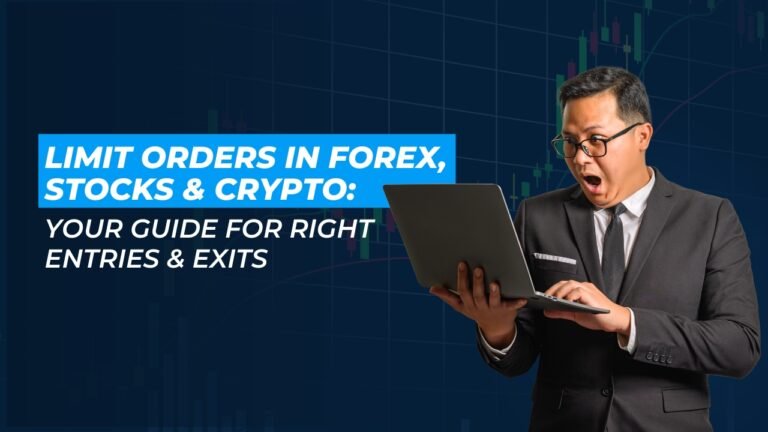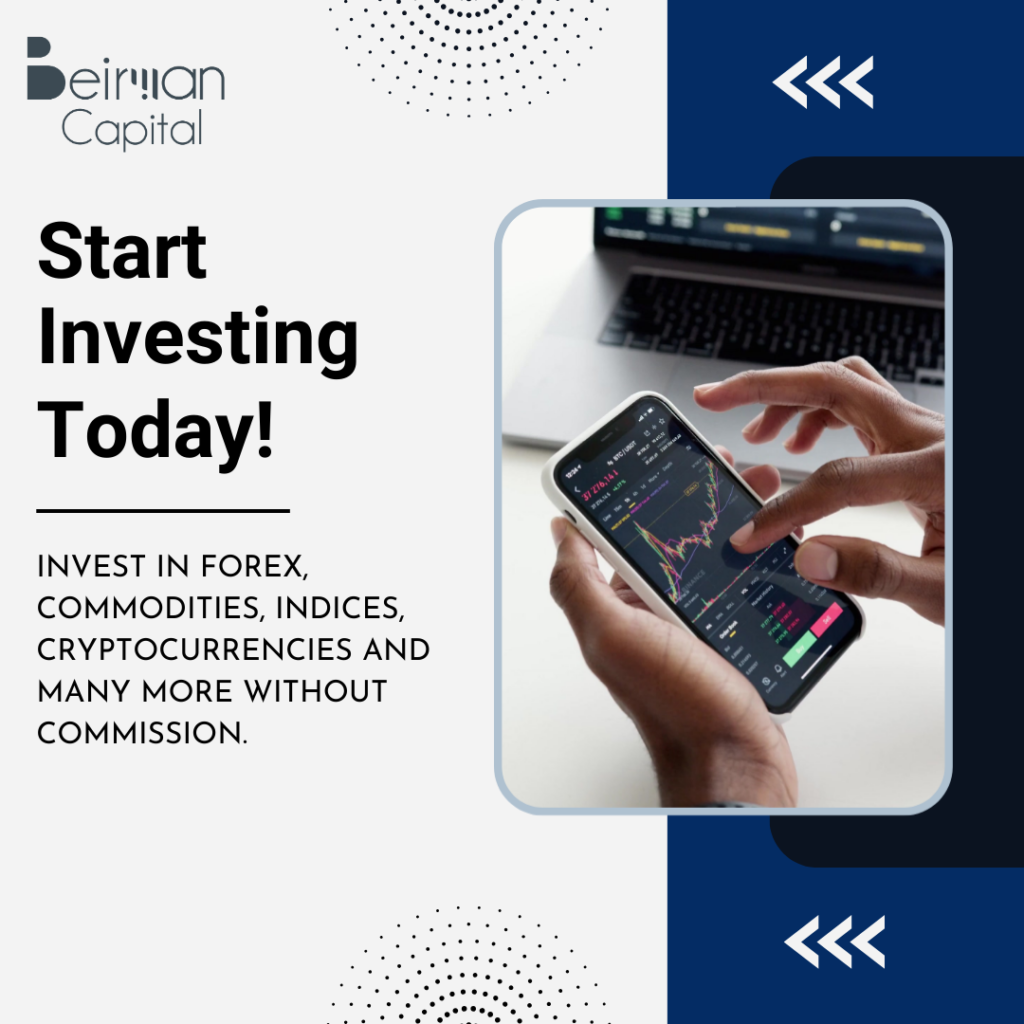Limit Order in Forex, Stocks & Crypto: Your Guide for Right Entries & Exits
Want to enter & exit trade at better prices? Try limit orders. Learn the concept of a limit order in trading, how it works with examples, tips, pros & cons.
Table of Contents
Forex trading is all about planning your trade entries and exits at the right time. And that you can do so using diverse order types. Limit order is one of the most effective orders that can improve your execution and boost the entire trading outcome.
However, limit orders are also the most complex ones. But not to worry. This blog is a guide for using limit orders in forex, stock, crypto, and other financial markets.
Here you will learn about limit orders with examples, types, and how to place them. Also, we will see a stop versus market versus limit order comparison chart to help you in selecting the best.
What is a Limit Order in trading?
A Limit order is a popular way to buy or sell a financial asset, such as forex, stock, crypto, or indices, at better prices. Basically limit order allows you to execute a trade at better and more favorable prices.

Types of Limit Order
Buy Limit Order:
With a Buy limitation order, your trade will only execute at the limit price or lower. Like, suppose the stock is currently trending at $100, you place a limit order at $90. So the trade will execute either at 90 or below $90.
Sell Limit Order:
With a Sell limitation order, your trade will only execute at the limit price or higher. Like, suppose the stock is currently trending at $100, you place a limit order at $105. So the trade will execute either at $100 or higher.
Limit Order Example
The limit order execution concept is the same in stock, crypto, forex, or any other financial market. Let us understand the limit order forex and crypto market example. Suppose you are trading in Bitcoin and US Dollars.
The pair BTC/USD was trending at $102000. The trade uses the buy limit and sets the limit to $100,000. In this case, the buy limit order will be executed either at $100,000 or below $100,000, and if it does not go to that level, the order will not be executed.
How to put SL and TP on a top-step limit order
The best way to use a stop loss order is by setting proper take profit and stop loss levels. But setting stop loss levels and take profits with a limit order can be confusing. Not to worry, let us look at the same example with stop loss and take profit.
The pair BTC/USD was trending at $102000. The trade uses the buy limit and sets the limit to $100,000 or below. The take profit level is $105,000, and the stop loss level stop loss $98,000.
Now, suppose your order is executed at $100,000. If the price reaches $105,000, your trade will close at a profit of $5000, and if the price reaches $98,000, your trade will close at a loss of $2000.
How to place a limit order
- Open a trading account with a reputable Broker platform. You can also try a demo account first.
- Organize market analysis, do your research, and identify potential opportunities by studying diverse assets.
- Determine the trade direction, entry, exit, stop loss, and take profit level using proper analysis tools.
- Go to your trading account, visit the order section, and select buy or sell.
- When choosing a limit order, you will get two options: good till cancelled. It means your order will not be canceled till you cancel it. And, the other is good till date, in which you mention a specific date, if the price does not reach to limit level by your mentioned date, the order will be cancelled on that date.
- Once you have selected the limit order type, you can just mention entry, exit, stop loss, and take profit levels, and your trade will be executed at the desired price.
Pros of Limit Order
- The first advantage of a limit order is that it allows you to execute your trade at a better price both during rising and falling markets.
- The concept of a limit order is universal. It applies to diverse assets, including forex, stock, indices, crypto, and others.
- A limit order gives you automation. So that your trade will execute automatically even if you are not watching the market.
- The risk of entering the trade at an unexpected price is less.
Cons of Limit Order
- If the price does not reach your desired level, then your trade will never execute.
- Limit orders may not be ideal for long-term strategies such as position trading.
- Gaps and slippage can still affect your trade execution prices.
Effective Strategic Approaches to Place a Limit Order
- A limit order can be complex, especially if you are a beginner. So, before placing the real trades, first place some demo trades.
- Use technical analysis to identify buy, sell and stop limit order levels.
- Always set a stop loss and take profit level when using a limit order. It will help you in locking in your profit and managing risk.
- Choose assets wisely. Highly volatile assets with significant price swings may not work well with a limit order.
- Keep a watch on overall market conditions to adjust your order as per live market conditions.
Market Order vs Limit Order vs Stop Order
Basis of Difference | Limit Order | Market Order | Stop Order |
Definition | A limit order is to buy or sell at the limit or better price. | A market order is executed at the current market price. | A stop loss order is executed when the stop price is triggered. |
Control | You will have full control to decide the buy and sell prices. | Almost negligible control at the trade opening price. | Limited control |
Suitability | Best for traders who want precise entries and exits. | Traders who love to enter trades at the current market price. | Best for traders who prefer to lock their profit and manage the risk. |
Strategies | Short-term and Swing traders, and algorithmic traders. | Scalpers, day traders, and high-frequency traders. | Breakout and technical analysis traders. |
Ease | Complex | Simple and easy to execute. | The combination of stop and limit orders makes it the most complex. |
Conclusion
Limit orders are advanced order types for advanced traders. Even intermediate and beginner users can use these orders. But be vigilant. Use the proper risk-to-reward ratio, and leverage when using this trade.
Also, you can try Beirman Capital’s demo account, try diverse types of orders with actionable strategies. Analyze whether this order works for your strategy or not for the best results.
FAQ-
A stop-limit order is when the limit order is executed the price reaches stop level. Under this trader set two levels: a stop price and a limit price.
A Limit order is an order to buy or sell stocks at better prices. A buy limit order is buying at or below the limit price, and a sell limit order is for selling at or above the limit price.
No, only your broker can see your stop-limit orders; no one else.
No after-hours buy limit orders are not visible to other traders.
Gaps and slippage, expiry of orders, non-suitability, and complexity in execution are some risks of limit orders.
Get Complete Forex Trading Assistance



